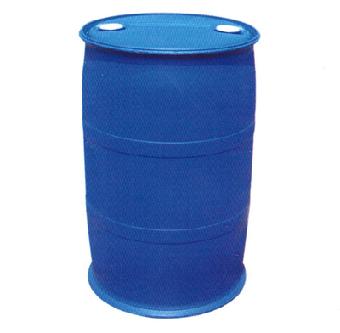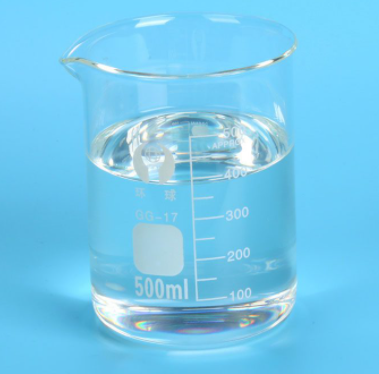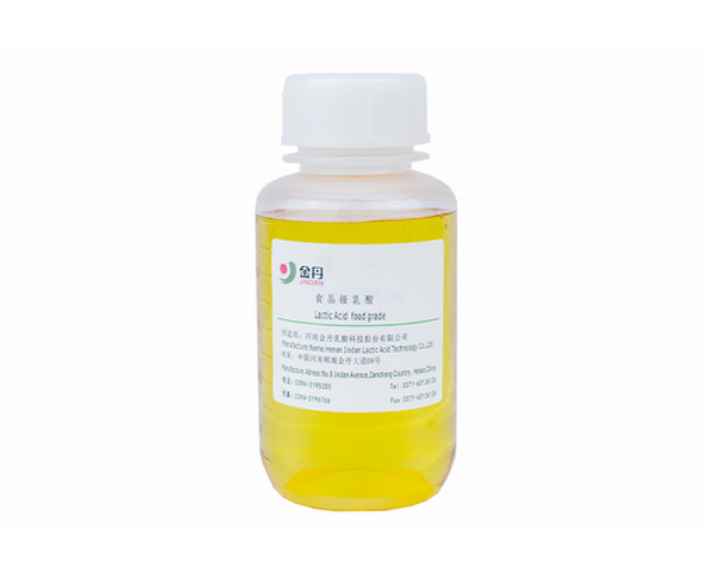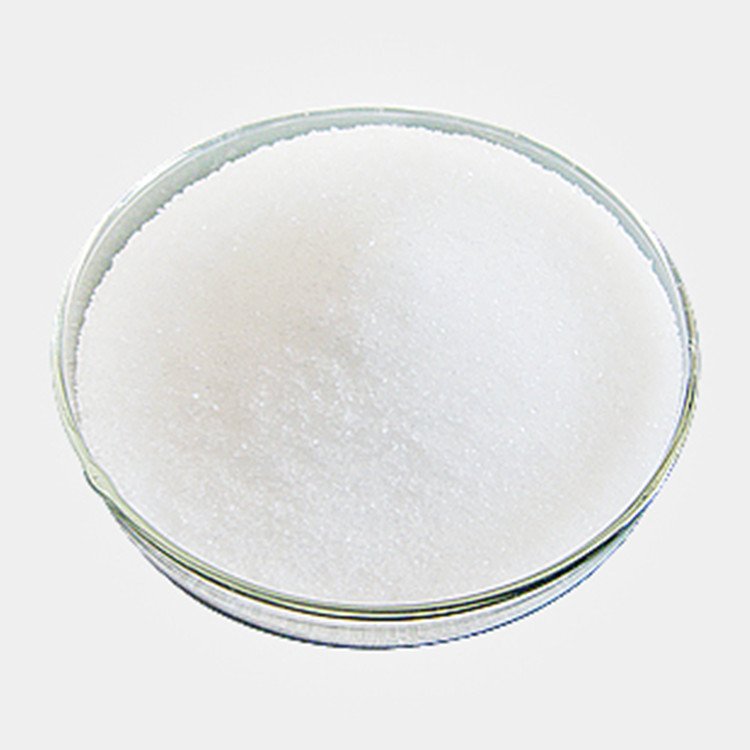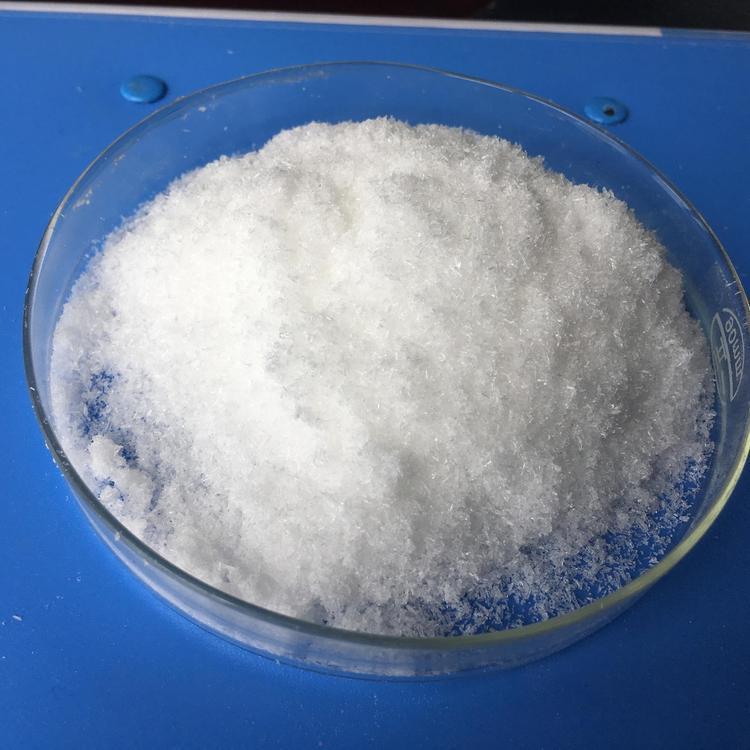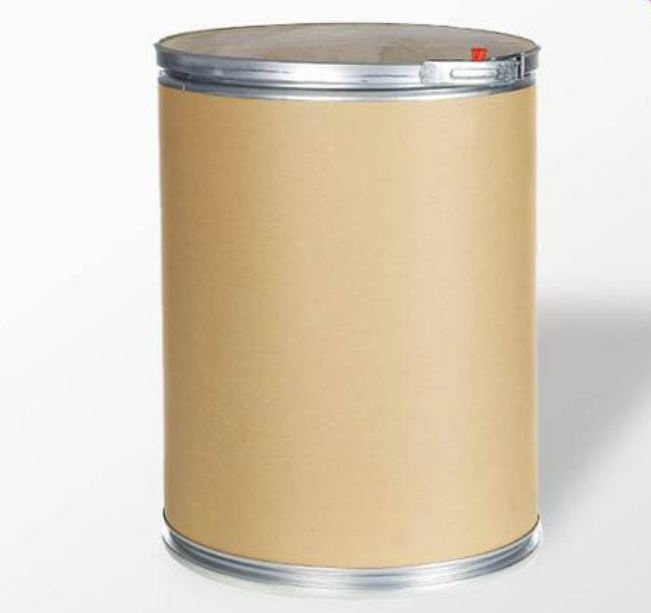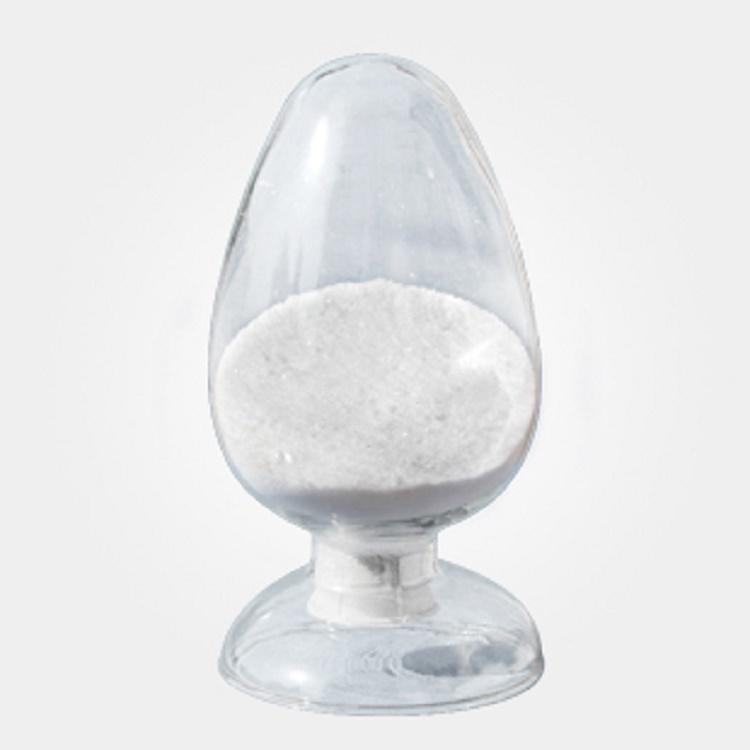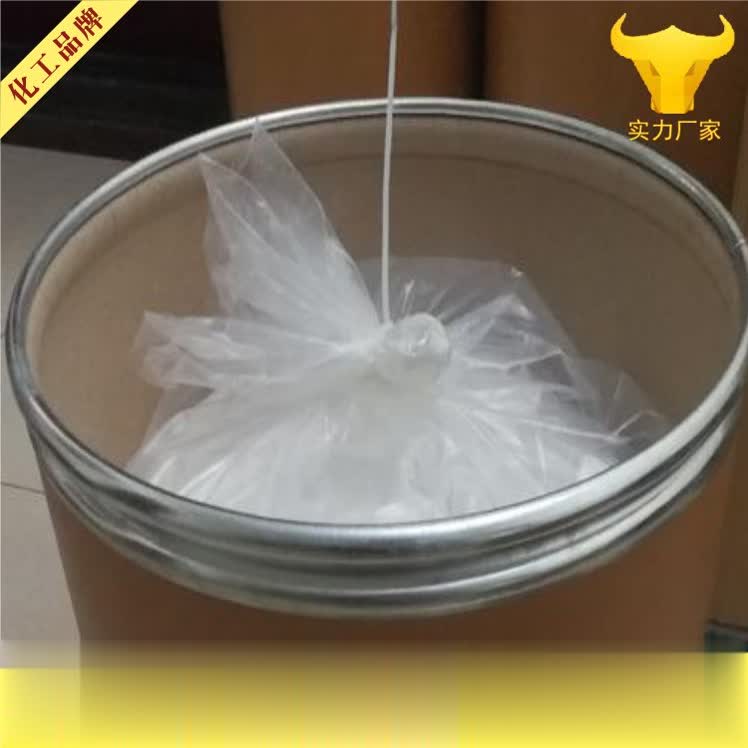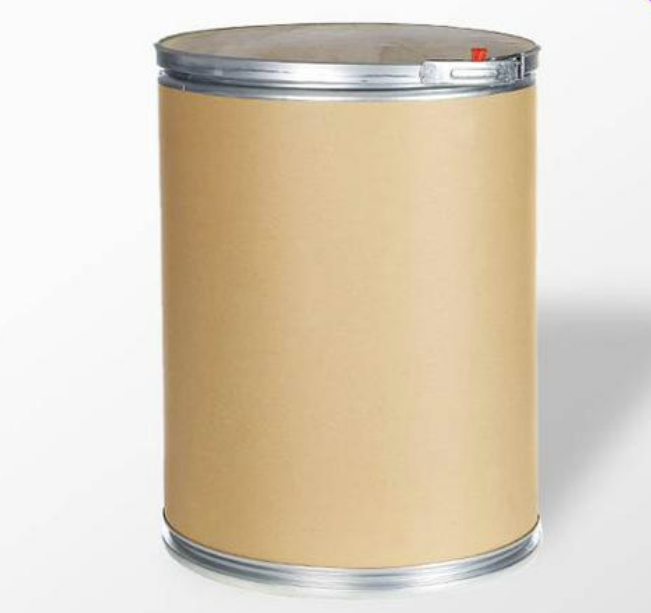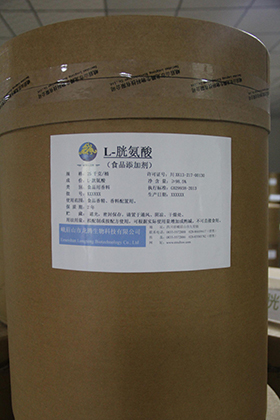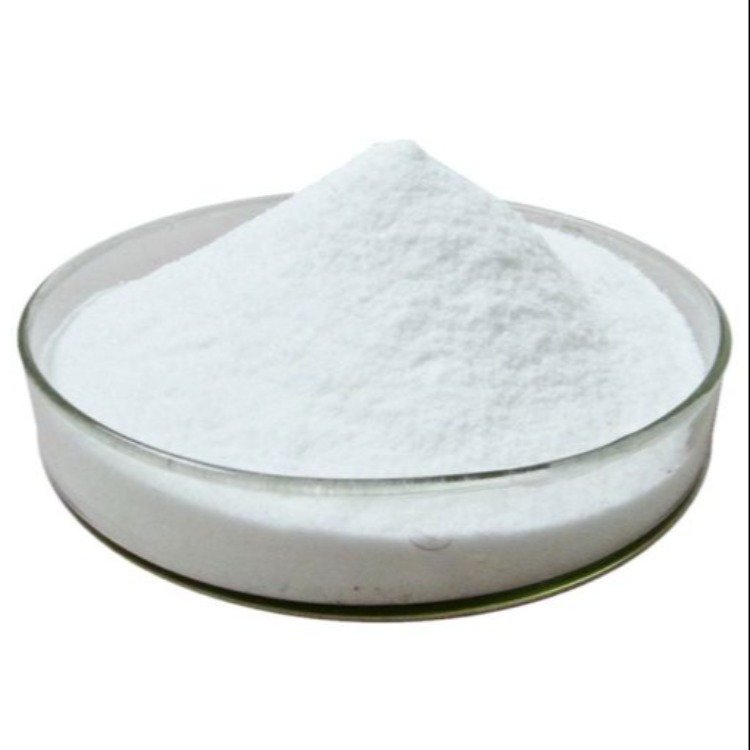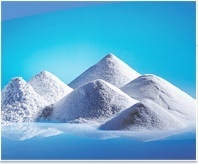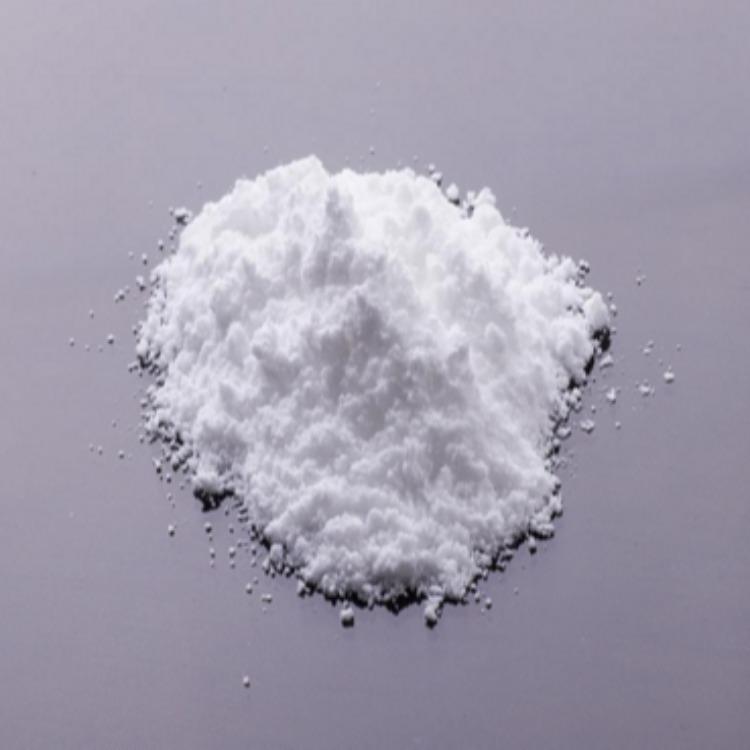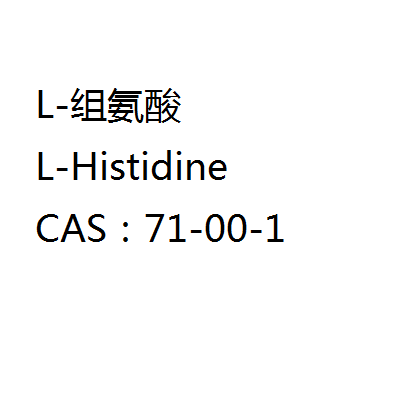Feed Additive
Additives For Food Packaging
Colorant
Stabilizer and Coagulator
Water Retention Agent
Feed Deworming Health Agents
Anti Corrosion and Preservation
Color Fixative
Flour Treatment Agent
Defoamer
Coating Agent
Feed Vitamins
Emulsifier
Other Food Additives
Nutritional Fortifier
Thickening Agent
Feed Quality Enhancer
Antioxidants
Chewing Gum Bases
Bulking Agent
Feed Amino Acids and Small Peptides
Flavor Enhancer
Sweeteners
Additives For Feed Preservation
Other Feed Additives
Food Additive
Bleaching Agents
Anticaking Agent
Food Flavors and Fragrances
Enzyme Preparation
Feed Trace Elements
Acidity Regulators
Feed Growth Promoters
Feed Conditioner
CAS:50-21-5
Molecular Formula:C3H6O3
Alias
More Information
L-(+)-Lactic Acid,; (S)-2-Hydroxy- Propanoic acid; 2-Hydroxypropionic acid; DL-Lactic acid; 2-Hydroxypropanoic Acid; Lactic Acid Lyophilized Injctable
Brief Introduction
Lactic acid is a versatile organic acid that can be used in brewing, medicine, leather, cigarettes, chemicals, food, printing and dyeing. The distribution of lactic acid in Japan is roughly 20% for brewing, 50% for food, 10% for lactic acid derivatives, and 20% for industrial use such as leather. The distribution of uses in our country is also roughly the same.
1. Brewing industry The brewing industry uses about 80% lactic acid. Adding lactic acid can prevent the reproduction of miscellaneous bacteria, promote the development of yeast, prevent the turbidity of the wine and enhance the flavor of the wine, and can also increase the yield of the wine.
2. Food industry The food industry generally uses 50% lactic acid. Mainly used in lactic acid drinks, refreshing drinks, cakes, pickles and sour agents. Lactic acid can make foods slightly acidic without concealing the natural flavor and aroma of fruits and steamed vegetables. Therefore, it is widely used in canned foods such as tomatoes, olives, pickles, and sour cabbage. Kefir beverages made with lactic acid bacteria are also very popular.
3. Pharmaceutical industry Lactic acid can be directly formulated into medicine or made into lactate for use. Oral administration can be used for intestinal disinfection. It can also dissolve protein and keratin, and is particularly sensitive to the corrosion of diseased tissues, so it can be used to treat throat tuberculosis, diphtheria, lupus and other diseases. In addition, it is also used for bactericidal treatment: grouting agent, coating agent, bladder injection, and vaginal cleansing agent. Use the hydrophilic characteristics of lactic acid to combine with insoluble drugs to increase the absorption of drugs and prevent side effects. Lactic acid is also a raw material for making erythromycin icing, so it is widely used in the pharmaceutical industry.
4. Leather industry Generally, the content of lactic acid used in leather is 40%. It has low requirements for the quality of lactic acid. It can be used in dark and odorous. The leather industry mainly uses it to remove lime from tanning, also called deliming. The quality of the leather after deliming with lactic acid is better than other acids. The deashing quality is good, and high-grade leather must be treated with lactic acid. In the production of cigarettes, lactic acid can be used to remove impurities in tobacco and remove the bitter and spicy taste. Therefore, lactic acid treatment can improve the grade of low-grade tobacco. Lactic acid is used as a pH control agent in the production of celluloid coatings; it is used in the wool spinning industry for pre-chromium dyeing of dyes to reduce the chromate content of wool and prevent fiber oxidation; in the post-treatment of silk and rayon, it is used as a pH adjustment It is used for brightening treatment to increase the color of yarn. Pure lactic acid is tasteless, and the product has a slightly similar aroma of cool milk. When the concentration is appropriate, it has a pleasant sour taste. When lactic acid is used as a raw material, it is mostly used as an ingredient in dairy product flavors such as butter, cool milk, butter hard candy, milk, and cheese. The main derivative of lactic acid: calcium stearoyl is used as a food additive. Adding 0.3%-0.5% calcium stearoyl lactate to flour can make bread leaver, increase its volume by 30%-40%, and delay aging. When sodium lactate is used as a flavoring agent, it is used in the production of casein plastic whitener, antifreeze, moisturizer and medicine. Calcium lactate can be used as a nutritional supplement. Ferrous lactate is used for food fortification and medical treatment of iron deficiency anemia. Lactate esters, including methyl ester, ethyl ester, butyl ester, etc. are used as solvents, flavoring agents, etc. Lactic acid, its sodium salt, calcium salt and other derivatives are non-toxic and are safe food additives. Stearoyl lactate is used in emulsifiers and baked foods; sodium lactate is used for intravenous injection; synthetic lactic acid is used instead of natural fermented lactic acid in cheese and other dairy products to acidify and coagulate milk or cream. These three uses have doubled the production of lactic acid in the United States. With the development of the food industry, there is a huge potential market for lactic acid.
Suppliers
View More Vendors (4) >
CAS:56-84-8
Molecular Formula:C4H7NO4
Alias
More Information
L-Asparticacid; Asparagic Acid; 1-Amino-1,2-Carboxyethane
Brief Introduction
Aspartic Acid is a non-essential amino acid in humans, Aspartic Acid has an overall negative charge and plays an important role in the synthesis of other amino acids and in the citric acid and urea cycles. Asparagine, arginine, lysine, methionine, isoleucine, and some nucleotides are synthesized from aspartic acid. Aspartic acid also serves as a neurotransmitter.
Suppliers
View More Vendors (4) >
Alias
More Information
(H-Cys-Oh)2; L-Cystine; .β.,.β.'-Diamino-.β.,.β.'-Dicarboxydiethyl Disulfide; Cystin; 1-Cystine
Brief Introduction
L-cystine is a nutritional supplement. It is used for breast milk of milk powder. It is a non essential amino acid. It is essential for skin and hair, and can promote the treatment of surgery and trauma. Stimulate hematopoiesis and promote leucopoiesis. It can promote the oxidation and reduction of body cells. It can also be used as an additive for cosmetics. It can promote wound healing, prevent skin allergy and treat eczema.
Suppliers
View More Vendors (4) >
Alias
More Information
Lactobiose; D-Lactose; Lactose,Anhydrous; D-Lactose Anhydrous; Anhydrous Lactose; Screening Lactose; Crushing Lactose
Brief Introduction
This product is a nutritional sweetener, which is widely used in making baby food, candy, margarine, culture medium, color layer absorbent and shaping medicine.
Suppliers
View More Vendors (3) >
CAS:71-00-1
Molecular Formula:C6H9N3O2
Alias
More Information
(S)-2-Amino-3-(4-Imidazolyl)Propionic Acid~H-His-Oh; L-Histidine Base; H-His-Oh
Brief Introduction
It is an important component of amino acid infusion and compound amino acid preparation. It can be used to treat gastric ulcer. It can be used as sweetener. It is also used in biochemical research.
Suppliers
View More Vendors (3) >
Inquiry (
10
/ 10
)
Clear All
Sign In
Error!

